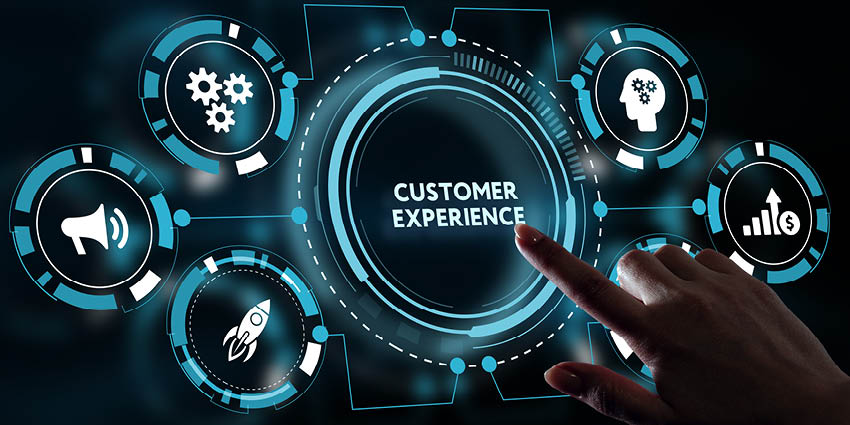
Customer experience (CX) is no longer a “nice to have”—it’s a core business strategy that directly impacts your bottom line. In an age where product features are easily copied and price wars are unsustainable, exceptional customer experience is the ultimate differentiator.
But “delivering great CX” can be a vague directive. So how do you actually drive your customer experience in a meaningful, measurable way? Let’s break it down.
1. Start with a Clear CX Vision
Before you can improve your customer experience, you need to define what “great” looks like for your brand.
Are you aiming to be the fastest?
The most empathetic?
The most personalized?
Document your CX vision, tie it to your brand values, and ensure every department—from product to support—understands and aligns with it.
🛠️ Tip: Turn your CX vision into a set of guiding principles. For example, “We respond to every customer within 2 hours,” or “We never end a call without solving the issue.”
2. Map the Customer Journey
You can’t fix what you don’t understand.
Mapping your customer journey helps you identify key touchpoints—awareness, onboarding, support, renewal, etc.—and pinpoint friction.
Ask yourself:
Where do customers drop off?
Where do they seem most delighted?
Where are we making them work too hard?
Use data (support tickets, analytics, NPS scores) and qualitative input (interviews, reviews, social mentions) to build a complete picture.
🧭 Tool suggestion: Use platforms like Miro or Lucidchart to create visual journey maps.
3. Listen—Relentlessly
The best CX programs are rooted in listening. Go beyond annual surveys. Implement real-time feedback loops across multiple channels:
Post-purchase surveys
Live chat ratings
Customer interviews
Social media listening
Customer advisory boards
Remember: what people say and what they actually feel can be different. Use both qualitative and quantitative tools to uncover the full story.
👂 Pro tip: Use AI sentiment analysis to parse through thousands of reviews or support transcripts quickly.
4. Empower Your Frontline
Customer experience is most often delivered by your employees, not your executives.
Invest in:
Training that builds empathy, not just efficiency.
Tools that reduce friction for your support and sales teams.
Autonomy to make real-time decisions that delight customers.
If your team needs 3 levels of approval to issue a refund, you’ve got a problem.
💡 Remember: Happy employees → Happy customers.
5. Personalize (Without Being Creepy)
Customers expect personalization—but they hate when it feels invasive.
Use data wisely:
Tailor recommendations based on purchase history.
Greet customers by name in support chats.
Send helpful nudges at just the right time.
But always offer transparency and control. Let people opt in or out, and never assume permission.
📬 Smart move: Use behavior-based triggers instead of demographic assumptions.
6. Close the Loop (Fast)
It’s not enough to collect feedback—you need to act on it. Quickly.
Acknowledge complaints publicly.
Fix issues and inform customers when you do.
Thank customers for suggestions and show how you implemented them.
The faster and more visibly you respond, the more customers trust that you actually care.
🔁 CX metric to track: Customer Effort Score (CES)—the easier you make things, the better the loyalty.
7. Measure What Matters
Don’t drown in vanity metrics. Focus on KPIs that correlate with loyalty and retention:
Net Promoter Score (NPS)
Customer Satisfaction Score (CSAT)
Customer Lifetime Value (CLV)
First Contact Resolution (FCR)
Churn Rate
Set a baseline, benchmark against competitors, and constantly test ways to improve.
📊 Bonus: Create a CX dashboard that leadership can access in real-time.
Final Thoughts
Driving your customer experience doesn’t require a million-dollar budget—it requires intentionality, alignment, and consistency.
The brands that win are the ones who make CX a company-wide mission, not a departmental function.
Lead with empathy. Operate with clarity. Measure with purpose.
Your customers will feel the difference—and reward you for it.


